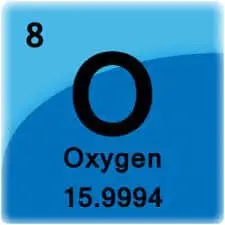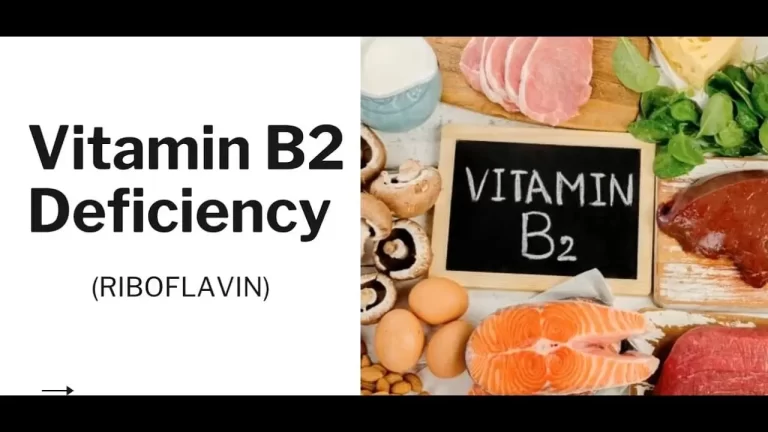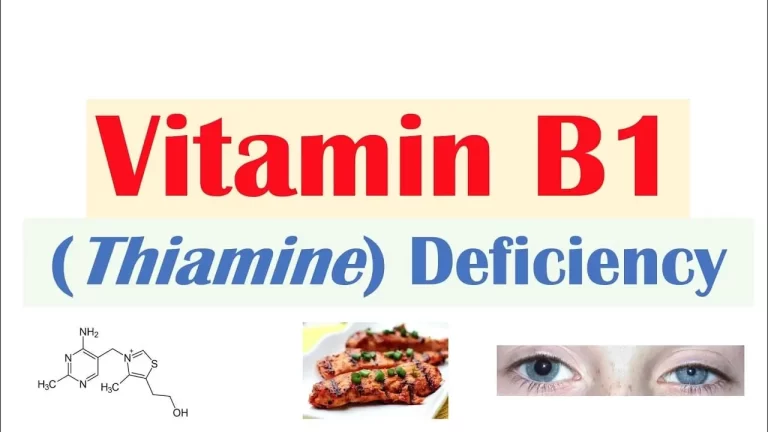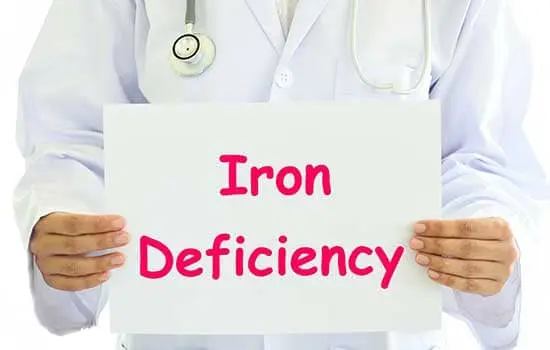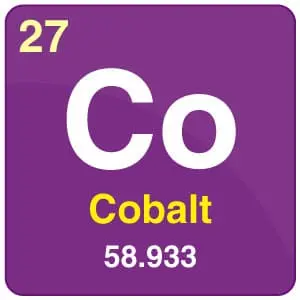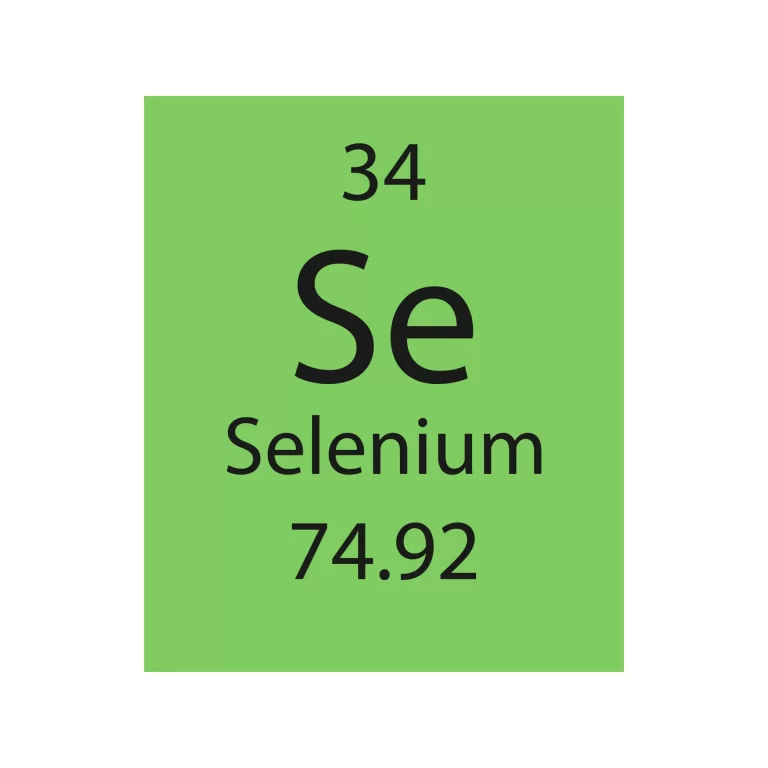Water Soluble Vitamins
Introduction Water soluble vitamins are a group of 9 essential vitamins that play critical roles within the body to support optimal health and prevent disease. Unlike fat-soluble vitamins that can be stored in adipose tissues, water-soluble vitamins cannot be readily stored and are rapidly excreted in urine. This makes consistent dietary intake vital for maintaining…



